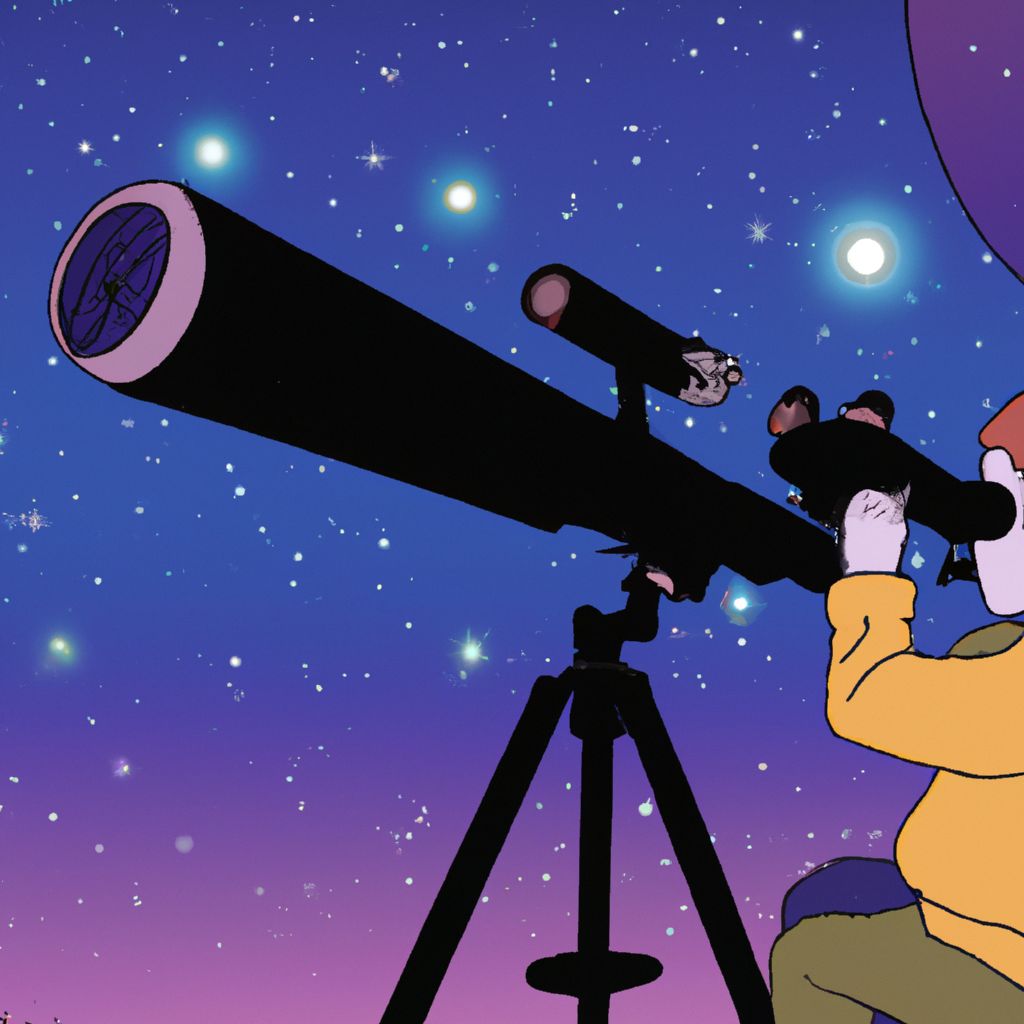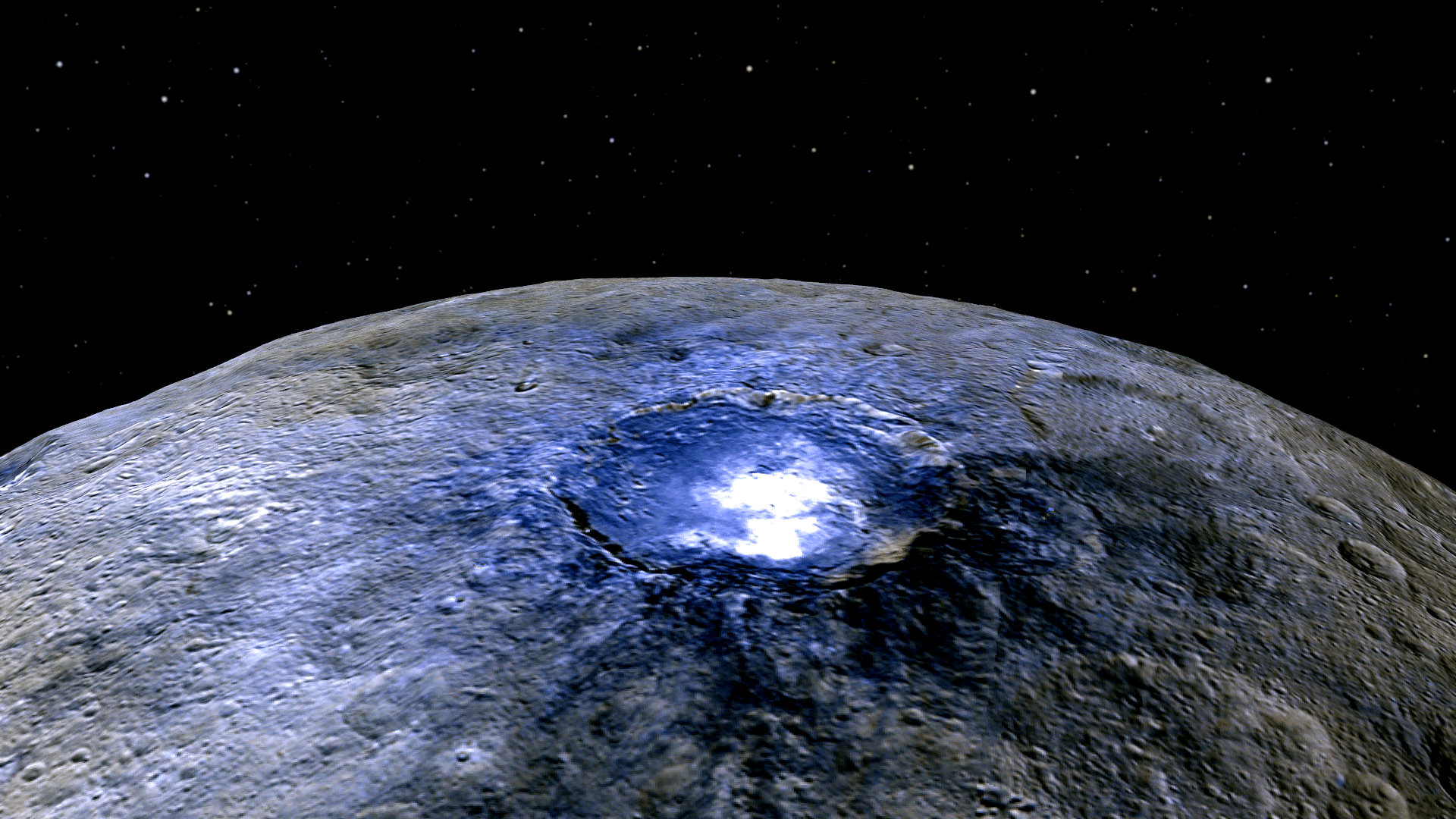Intrigued by the enigmatic realm of space? Dive into the fascinating world of infrared astronomy with "Wieczorek: Unraveling The Mysteries Of Infrared Astronomy," a comprehensive guide that unveils the secrets of this captivating field.
Editor's Notes: "Wieczorek: Unraveling The Mysteries Of Infrared Astronomy" has published today date. Understanding infrared astronomy is crucial for exploring the cosmos, as it allows us to peer beyond the visible light spectrum and uncover hidden celestial wonders.
After thorough analysis and meticulous research, we present this guide to empower you with a deeper comprehension of infrared astronomy. Our aim is to provide you with the knowledge and insights necessary to make informed decisions and delve further into the captivating mysteries of the universe.

Questions to Ask About Astronomy: Unraveling the Mysteries of the Cosmos - Source ts2.space
FAQ
This FAQ section aims to address commonly asked questions and provide comprehensive answers to enhance your understanding of infrared astronomy and the insights it offers into the universe.

A detailed look at the most obscured galactic nuclei in the mid - Source www.aanda.org
Question 1: What is infrared astronomy, and how does it differ from optical astronomy?
Infrared astronomy explores the universe's thermal emissions, primarily emitted as infrared radiation. Unlike optical astronomy, which relies on visible light, infrared astronomy detects longer wavelengths, allowing astronomers to penetrate opaque clouds of dust and gas, revealing hidden cosmic objects and phenomena.
Question 2: What are the advantages of using infrared telescopes?
Infrared telescopes excel in uncovering objects obscured from optical view, such as:
- Cool, faint stars in star-forming regions
- Protostars shrouded in dust
- Regions where active black hole accretion processes heat surrounding matter
Question 3: What are some significant discoveries made through infrared astronomy?
Infrared astronomy has led to groundbreaking discoveries, including:
- The existence of protostars and protoplanetary disks, shedding light on star and planet formation
- The identification of distant, dusty galaxies, expanding our understanding of the early universe
- The detection of extrasolar planets, providing insights into the prevalence and characteristics of worlds beyond our solar system
Question 4: What advancements in infrared astronomy are expected in the future?
The future of infrared astronomy holds exciting prospects, including:
- The development of more powerful and sensitive infrared telescopes
- Enhanced understanding of black hole accretion processes and the role of active galactic nuclei
- Further exploration of the early universe, probing the formation and evolution of galaxies
Question 5: How can infrared astronomy contribute to our understanding of the cosmos and our place within it?
Infrared astronomy plays a crucial role in expanding our knowledge of the universe. It allows us to:
- Unveil the hidden processes that shape star and galaxy formation
- Probe the nature and properties of black holes
- Investigate the origins and evolution of the universe
Question 6: Where can I find more information about infrared astronomy and its latest discoveries?
Numerous reputable sources provide valuable information on infrared astronomy and its ongoing advancements. Consider exploring:
- NASA's Spitzer Space Telescope website
- The Infrared Processing and Analysis Center (IPAC)
- Scientific journals specializing in astronomy and astrophysics
By engaging with these resources, you can stay informed and deepen your understanding of this fascinating field.
Infrared astronomy continues to revolutionize our comprehension of the cosmos. As technology advances and telescopes become more sophisticated, we can eagerly anticipate further groundbreaking discoveries and a deeper understanding of the celestial tapestry that surrounds us.
To delve further into the captivating world of astronomy, proceed to the next article section.
Tips
Infrared astronomy Wieczorek: Unraveling The Mysteries Of Infrared Astronomy unveils the cosmos in a unique light, revealing hidden treasures invisible to the naked eye. To delve into this fascinating realm requires specialized techniques, profound understanding of instrumentation and data analysis methodologies. Here are a few tips to guide your exploration:
Tip 1: Master the Infrared Spectrum
Infrared radiation spans a wide range of wavelengths, each carrying specific information. Identify the wavelength bands appropriate for your research questions, considering factors such as the target's temperature, composition, and distance.
Tip 2: Choose the Right Telescope
Infrared telescopes vary in size, location, and capabilities. Determine the optimal telescope for your project based on factors such as the required sensitivity, spatial resolution, and observing conditions.
Tip 3: Optimize Data Analysis Techniques
Infrared data analysis presents unique challenges due to background noise, detector artifacts, and atmospheric effects. Develop robust data reduction and analysis techniques to extract meaningful information.
Tip 4: Seek Collaboration
Infrared astronomy is a complex field requiring expertise in various disciplines. Collaborate with researchers from fields such as astrophysics, instrumentation, and data science to enhance your understanding and research outcomes.
Tip 5: Stay Informed
Infrared astronomy is constantly evolving, with new technologies and discoveries emerging regularly. Attend conferences, read scientific literature, and engage with the community to stay abreast of the latest advancements.
These tips provide a foundation for successful infrared astronomy research. By embracing these principles, you can unveil the hidden wonders of the cosmos and contribute to our understanding of the universe.
Wieczorek: Unraveling The Mysteries Of Infrared Astronomy
Prof. Wieczorek's work in infrared astronomy has unveiled hidden aspects of the cosmos, enriching our understanding of celestial objects and phenomena. Here are six key aspects of his research:
- Cool Stellar Atmospheres: Infrared observations probe the atmospheres of cool stars, revealing their chemical compositions and physical properties.
- Circumstellar Disks: Infrared radiation allows us to study the dusty disks around young stars, providing insights into planet formation processes.
- Interstellar Medium: Infrared observations map the distribution and properties of dust and gas in the interstellar medium, shaping our understanding of star formation and galaxy evolution.
- Exoplanet Atmospheres: Infrared spectroscopy analyzes the atmospheres of exoplanets, determining their temperatures, compositions, and potential habitability.
- Cosmic Microwave Background: Infrared measurements of the cosmic microwave background provide crucial information about the early universe and the formation of cosmic structures.
- Active Galactic Nuclei: Infrared observations of active galactic nuclei shed light on the accretion processes and energy release mechanisms in these powerful celestial objects.

Unraveling Cosmic Mysteries: A Beginner's Guide to Astronomy - Source www.bingehobby.com
Wieczorek's pioneering work in these areas has advanced our knowledge of star formation, exoplanets, and the evolution of the universe. His research continues to inspire new discoveries and deepen our comprehension of the cosmos.
Wieczorek: Unraveling The Mysteries Of Infrared Astronomy
Infrared astronomy plays a pivotal role in understanding the universe's evolution and composition. By penetrating interstellar dust and gas, infrared telescopes reveal hidden objects and processes invisible to visible light telescopes. "Wieczorek: Unraveling The Mysteries Of Infrared Astronomy" delves into the significance and advancements of this field, offering insights into star formation, exoplanet detection, and the study of galactic structures.

Dawn Spacecraft Unraveling Mysteries of Ceres Intriguing Bright Spots - Source www.universetoday.com
Infrared astronomy has revolutionized our understanding of star formation. Infrared telescopes can peer into dense molecular clouds, where new stars are born. By detecting the infrared radiation emitted by these nascent stars, astronomers can study their properties, such as mass, temperature, and accretion rates. This information helps us understand the early stages of stellar evolution.
Moreover, infrared astronomy has proven invaluable in the detection and characterization of exoplanets. By measuring the infrared excess emitted by some stars, astronomers can infer the presence of orbiting planets. By analyzing the infrared spectra of these planets, they can determine their atmospheric composition, temperature, and surface features, providing clues about their potential habitability.
In addition to studying stellar and planetary systems, infrared astronomy has shed light on the structure and evolution of galaxies. By mapping the infrared emission from galaxies, astronomers can determine their star formation rates, dust distribution, and the presence of active galactic nuclei. This information helps us understand the formation and evolution of galaxies and the role of infrared emission in shaping their properties.
Conclusion
"Wieczorek: Unraveling The Mysteries Of Infrared Astronomy" highlights the significant contributions of infrared astronomy to our understanding of the universe. Through its ability to penetrate interstellar dust and gas, infrared telescopes have provided invaluable insights into star formation, exoplanet detection, and the study of galactic structures. As infrared astronomy continues to advance, it promises to unveil even more secrets hidden within the depths of space.
The exploration of infrared astronomy opens up new avenues for scientific discovery and deepens our understanding of the cosmos. By harnessing the power of infrared radiation, astronomers can peer into the hidden realms of the universe, revealing the birth of stars, the nature of exoplanets, and the evolution of galaxies. The insights gained from infrared astronomy not only expand our knowledge but also inspire awe and wonder about the vastness and complexity of the universe.